In the early 2000s, Professor David Jacques was researching the estate records of Amesbury Abbey and realised that the archaeology around the Iron Age hillfort known as Vespasian’s Camp had probably not been obliterated by landscaping of the parkland in the 18th Century, as had previously been assumed.
The subsequent excavations, from 2005 onwards, around the spring pool at Blick Mead have transformed the understanding of the Stonehenge landscape.
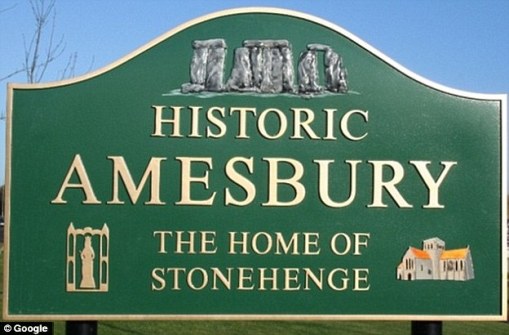
Archaeologists at the University of Buckingham, led by David Jacques found the ancient site in October 2014, which is around one-and-a-half miles (2.4km) from Stonehenge
The earliest datable “monumental” activity at Stonehenge comes from pine charcoal found at the bottom of two of the three enormous post pits that were discovered in the late 1960s when the old car park was being extended.
Radiocarbon-dated to around 7,500 – 7,900 BC these almost 1m diameter pine posts were erected back in the Mesolithic Age when the people inhabiting the British peninsular (not yet separated from Europe by water) were hunter gatherers.
The puzzle for archaeologists since has been to try and find where these people were living in the Stonehenge landscape.
The answer, it seems, is at Blick Mead.
In the last hundred years of research activity in the 26 sq. km. World Heritage Site only a tiny number of mesolithic flint tools have been found within a couple of miles of Stonehenge – fewer than 50 examples.
Jacques’ team of excavators have found, around the constant-temperature (11°C) chalk spring pool, more than 35,000 pieces of mesolithic worked flint, over 2,400 pieces of animal bone (some cooked), artifacts from very far afield and the possible remains of a mesolithic pit dwelling.
What’s more, it’s clear from the 16 radiocarbon dates so far obtained that these people were returning time and again to this resource rich sheltered spot, with its dependable non-freezing fresh water and abundant game, over at least 4000 years.
The dates range broadly from 7900BC to 4050BC, with multiple RC dates in each 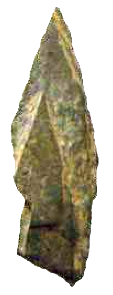 millennium from the 8th to the 5th BC, and they provide the first evidence of a possible continuity of societal activity across the mesolithic/neolithic boundary period.
millennium from the 8th to the 5th BC, and they provide the first evidence of a possible continuity of societal activity across the mesolithic/neolithic boundary period.
One of the far-flung artifacts is a piece of slate that comes from Wales or the Welsh borders and which bears a striking resemblance to a kind of middle mesolithic tool called a Horsham Point – usually identified with the Sussex Weald.
Another is a unique (in Britain) sandstone tool made from material only found in the West Midlands.
Isotope analysis of a dog tooth from the dig suggests that its original owner grew up in the Yorkshire Wolds, implying that long-distance travel in the mesolithic was a commonplace – something that shouldn’t come as a surprise to us if we think about it.
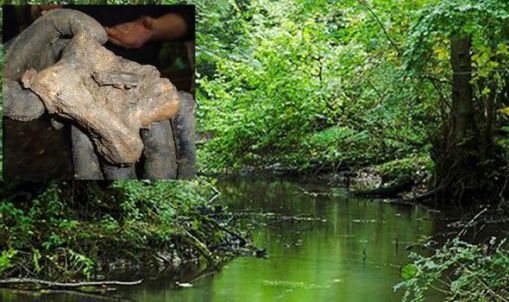
Over 50% of the animal remains are from aurochs (Bos Primigenius), a now extinct species of enormous cattle that once dominated the open grasslands of upland southern Britain. The ankle bone of one of these 2-tonne, 2m at the shoulder, beasts has the tip of a flint arrow or spear embedded in it. Presumably if you want to bring down a 40mph angry bull with thick skin and massive horns, you aim at its feet.
One of the oddest discoveries at the site was that flint removed from the spring pool and left to dry turned a vivid magenta pink colour. The transformation from brown stone to pink is magical to watch – who knows what it meant to the people who first encountered it.
The coloration is due to the existence of algae called Hildenbrandia Rivularis which grows on the cortex of flint nodules and requires very specific conditions of dappled sunlight, stable temperature water around 10-15°C and no competition.
 The combination of conditions at Blick Mead have lead the researchers involved to suggest that the site acquired a special significance through long association in tradition with being a place of ancestral return. Perhaps this is part of the reason Stonehenge itself was eventually built close by.
The combination of conditions at Blick Mead have lead the researchers involved to suggest that the site acquired a special significance through long association in tradition with being a place of ancestral return. Perhaps this is part of the reason Stonehenge itself was eventually built close by.
The work at the site (which is on private land and therefore inaccessible to the public) continues each year and involves both professional archaeologists and dozens of volunteers from the local community in Amesbury and also further away.
The dig itself is being run by the University of Buckingham’s Humanities Research Institute: http://www.buckingham.ac.uk/humanities/ma/archaeology
An extensive display of some of the items found, along with explanations, can be visited at the Amesbury History Centre – a volunteer-run community project in Melor Hall on Church Street in Amesbury. See https://www.facebook.com/amesburyhistorycentre for opening times.
Stonehenge and Salisbury Guided Tours are considered the Stonehenge local experts should you wish to explore the Stonehenge Landscape and hear more about the Blick Mead excavations. Stonehenge Guided Tours operate more general Stonehenge day tours from London but also arrange custom guided tours for those who want a more in-depth tour with an archaeological insight.
Article by guest blogger and local Stonehenge historian Simon Banton
Blick Mead News Links:
Is this the home of Stonehenge’s forefathers? 6,000-year-old settlement at Blick Mead ‘could rewrite British history’
The New Discoveries at Blick Mead: the Key to the Stonehenge
The Stonehenge News Blog
Follow us on Twitter and Facebook for all the latest Stonehenge News




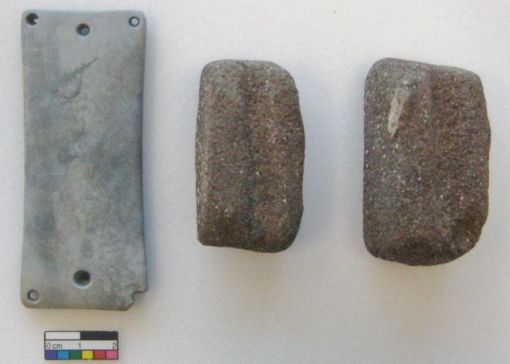
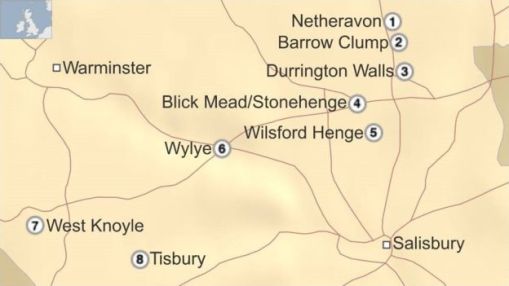




 At a point called Blick Mead (a part of the Stonehenge landscape known as ‘Vespasian’s Camp’ on the mistaken assumption that it was the remains of a former Roman settlement) around 12,000 pieces of worked flint and burnt flint have been unearthed, as well as over 500 pieces of bone dating from over 8000 years ago. Virtually all the tools are in pristine condition – indeed, some of the team have had their fingers cut by them as they are still so sharp.
At a point called Blick Mead (a part of the Stonehenge landscape known as ‘Vespasian’s Camp’ on the mistaken assumption that it was the remains of a former Roman settlement) around 12,000 pieces of worked flint and burnt flint have been unearthed, as well as over 500 pieces of bone dating from over 8000 years ago. Virtually all the tools are in pristine condition – indeed, some of the team have had their fingers cut by them as they are still so sharp. The archaeological potential of Vespasian’s Camp first came to light as a result of David Jacques’ detailed research of the site’s estate and nearby farm records. Indeed, before his team started their excavations, there was no evidence of Vespasian’s Camp having played any significant part in the Salisbury Plain ritual landscape or its history, and the site had been generally ignored by archaeologists, who assumed that any archaeological evidence on the site had been destroyed in the course of the landscaping of the area as a park for a neighbouring country house during the course of the 18th century.
The archaeological potential of Vespasian’s Camp first came to light as a result of David Jacques’ detailed research of the site’s estate and nearby farm records. Indeed, before his team started their excavations, there was no evidence of Vespasian’s Camp having played any significant part in the Salisbury Plain ritual landscape or its history, and the site had been generally ignored by archaeologists, who assumed that any archaeological evidence on the site had been destroyed in the course of the landscaping of the area as a park for a neighbouring country house during the course of the 18th century. A copper alloy Bronze Age dagger, found nearby, at the Bluestonehenge monument in 2009, a 5th-century Anglo-Saxon disc brooch from a nearby spring, and medieval wooden staves from the main spring also connect Blick Mead to the early Anglo-Saxon and Amesbury Abbey periods. They add to the picture of the Blick Mead area being a place associated with veneration over the longue durée.
A copper alloy Bronze Age dagger, found nearby, at the Bluestonehenge monument in 2009, a 5th-century Anglo-Saxon disc brooch from a nearby spring, and medieval wooden staves from the main spring also connect Blick Mead to the early Anglo-Saxon and Amesbury Abbey periods. They add to the picture of the Blick Mead area being a place associated with veneration over the longue durée.












